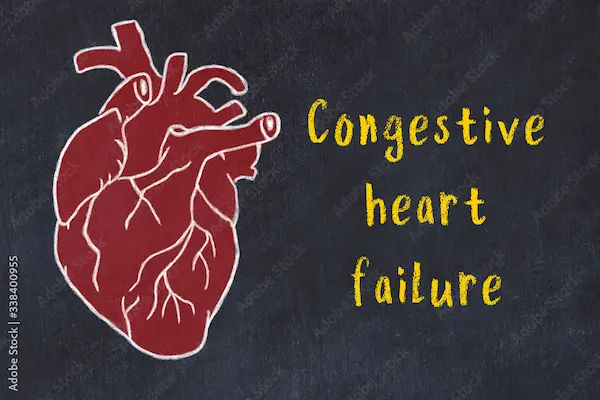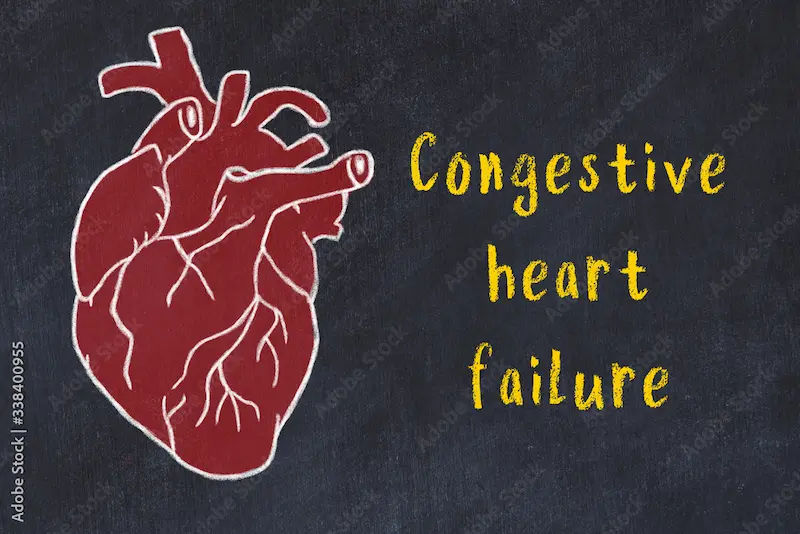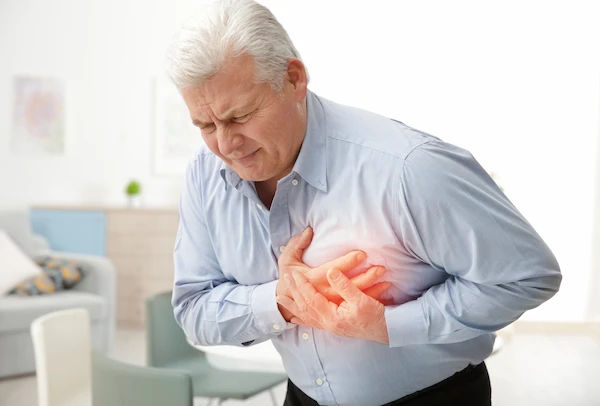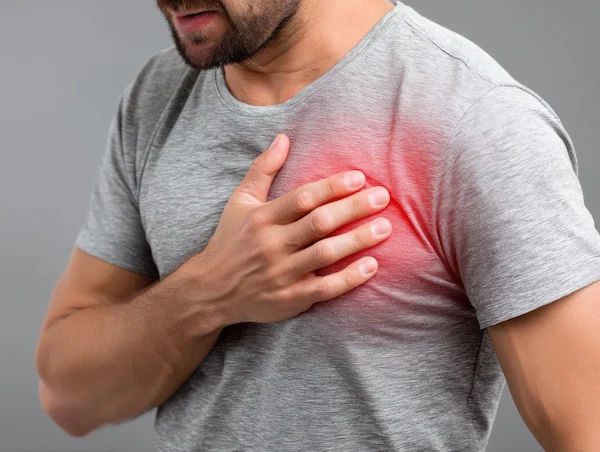ECMO Life Support: Identifying the Right Candidates
Discover who qualifies for ECMO life support and understand the criteria for this critical, life-saving treatment.

Written by Dr. M L Ezhilarasan
Reviewed by Dr. Rohinipriyanka Pondugula MBBS
Last updated on 6th Oct, 2025
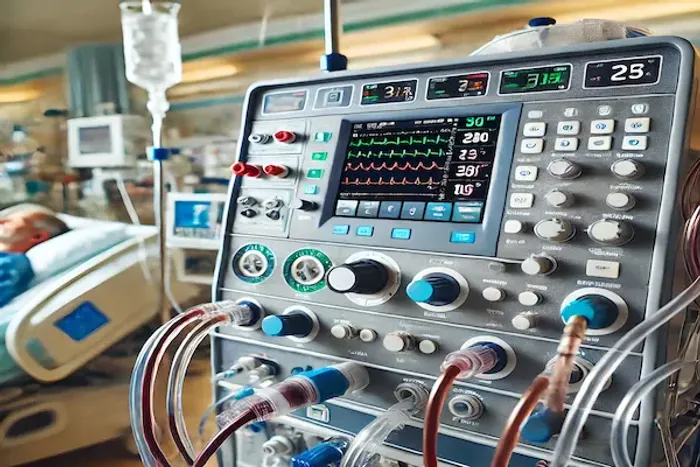
Introduction
Watching a loved one struggle with life-threatening heart or lung failure is an overwhelming experience. In these critical moments, you might hear doctors mention a highly advanced therapy called ECMO. It’s often described as a "last resort" or a "bridge to recovery," but what does that really mean? This guide cuts through the medical complexity to help you understand who the right candidates for ECMO are, the rigorous criteria involved, and the difficult decisions families and medical teams face. We will explore the specific medical conditions that may benefit from this technology, the crucial factors that make a patient a suitable candidate, and the sobering realities of this intense life-support measure.
What is ECMO, Really? A Lifeline Explained Simply
ECMO, which stands for Extracorporeal Membrane Oxygenation, is a form of advanced life support. Think of it as a temporary artificial heart and lung system outside the body. It does the job that a patient's own heart and lungs are too sick or injured to do. Blood is slowly drained from the body, pumped through a machine that adds oxygen and removes carbon dioxide, and then warmed and returned to the body. This allows the patient's own organs to "rest" and heal without being damaged further by aggressive ventilator settings or failing circulation.
VV-ECMO: When the Lungs Need a Break
Venovenous ECMO (VV-ECMO) is used when a patient's lungs are severely damaged but the heart is still functioning reasonably well. This is common in conditions like severe pneumonia, acute respiratory distress syndrome (ARDS), or trauma. The ECMO circuit takes over the gas exchange function, allowing the ventilator settings to be turned down to less damaging levels, giving the lungs a chance to recover.
VA-ECMO: When Both Heart and Lungs Struggle
Venous-arterial ECMO (VA-ECMO) is used when both the heart and lungs are failing. This is often the case in massive heart attacks, myocarditis, or after cardiac surgery. VA-ECMO does the work of both the heart (pumping blood) and the lungs (oxygenating blood). It's a more complex form of support and carries different risks, particularly to the limbs.
The Crucial ECMO Team: It Takes a Village
ECMO is not a machine that runs on its own. It requires a dedicated, highly specialised team around the clock. This includes perfusionists who manage the circuit, ICU doctors and nurses, cardiothoracic surgeons, and respiratory therapists. The decision to initiate ECMO is always a collective one, weighing the potential benefits against the significant risks. If a loved one is being considered for this therapy, consulting with a critical care specialist from a hospital with a dedicated ECMO program is essential.
Consult a Critical Care Specialist for the best advice
The Golden Window: Ideal Candidate Criteria for ECMO
The fundamental question is not just "Can we put this patient on ECMO?" but "Should we?" The goal is to identify patients who have a high likelihood of surviving and returning to a good quality of life. The ideal candidate is someone with a severe but potentially reversible heart or lung condition, for whom all other conventional treatments have failed.
Primary Medical Conditions That May Warrant ECMO
Certain serious health conditions may require advanced support.
Respiratory Failure Candidates (VV-ECMO)
Patients are considered when they have a very high risk of dying despite optimal medical management. Key indicators include:
- Severe ARDS: A life-threatening lung injury where the lungs fill with fluid. A common measure is when the ratio of oxygen in the blood to the amount of oxygen being delivered (P/F ratio) falls below 80 despite advanced ventilator settings.
- Bridge to Lung Transplant: For patients on the transplant list who deteriorate before a donor lung is available, ECMO can keep them stable.
- Massive Pulmonary Embolism: In some cases, ECMO can provide stability while clots are dissolved or surgically removed.
- Status Asthmaticus: A severe, unresponsive asthma attack.
Cardiac Failure Candidates (VA-ECMO)
This is considered for patients in profound cardiogenic shock, where the heart cannot pump enough blood to sustain the body.
- Post-Cardiotomy Shock: When a patient cannot be weaned off the heart-lung bypass machine after open-heart surgery.
- Acute Myocarditis: Severe inflammation of the heart muscle.
- Massive Heart Attack (Myocardial Infarction): Causing sudden heart failure.
- Bridge to Decision/Recovery/Transplant: ECMO can stabilise a patient while the team determines the next steps, waits for the heart to recover, or waits for a heart transplant.
The Reversibility Factor: The Single Most Important Criterion
This is the cornerstone of ECMO patient selection. The medical team must believe there is a realistic chance that the underlying condition can be treated or will heal. For example, a young, otherwise healthy person with viral pneumonia causing severe ARDS has a good chance of lung recovery. In contrast, a patient with widely metastatic cancer and end-stage organ failure has a condition that is not reversible, making them a poor candidate. The assessment of reversibility is a complex medical judgment.
When ECMO Is Not the Answer: Understanding Exclusion Criteria
Unfortunately, ECMO cannot save everyone. Applying it to patients who are unlikely to benefit can prolong suffering and consume immense resources. The exclusion criteria are strict to ensure the technology is used ethically and effectively.
Absolute Contraindications to ECMO
These are conditions where ECMO is almost always deemed inappropriate:
- Irreversible, Non-Transplantable Disease: Such as advanced, incurable cancer.
- Severe, Irreversible Brain Injury: Where meaningful neurological recovery is impossible.
- Uncontrollable Bleeding: Because ECMO requires blood thinners, it would be lethal.
- Advanced Age with Significant Frailty: While age alone isn't a strict cutoff, very advanced age combined with poor baseline health and frailty predicts a very poor outcome.
- Prolonged Cardiac Arrest without Adequate CPR: If the brain has been without oxygen for too long.
Relative Contraindications: The Gray Areas
These factors make a patient a higher-risk candidate and require careful, case-by-case deliberation:
- Obesity: Can make cannula placement and patient management technically challenging.
- Advanced Chronic Organ Failure: Such as severe cirrhosis or end-stage kidney disease not amenable to transplant.
- Severe Aortic Valve Regurgitation: A specific heart condition that can be worsened by VA-ECMO.
- Peripheral Vascular Disease: Can increase the risk of limb complications from VA-ECMO cannulas.
The Realities of ECMO: Risks, Complications, and the Road Ahead
Choosing ECMO is choosing a difficult path with no guarantees. The survival rate for adults on ECMO varies widely (from 50% to 70%) depending on the underlying condition. The journey is fraught with potential complications, most commonly severe bleeding (haemorrhage) and clotting (thromboembolism), stroke, and infections. The weaning process from the machine is gradual and uncertain. For families, it's a rollercoaster of hope and anxiety. Open and honest communication with the medical team about prognosis, potential outcomes, and what to expect is critical throughout this process.
Conclusion
Understanding who the right candidates are for ECMO is about balancing hope with realism. It is a miraculous technology that has saved countless lives when applied to the appropriate patient, typically someone with a single, severe, but reversible organ failure, who is otherwise relatively healthy. The rigorous selection process is designed to ensure that this intense and risky therapy is reserved for those with the best chance of a meaningful recovery. For families facing this daunting decision, the most important steps are to ask clear questions, understand the goals of care, and lean on the expertise of the dedicated ECMO team. The path is never easy, but being informed can provide a crucial anchor in a time of stormy uncertainty. If a loved one is in a critical care unit and ECMO is being discussed, do not hesitate to ask the care team to walk you through the specific benefits and risks as they apply to your unique situation.
Consult a Critical Care Specialist for the best advice
Consult a Critical Care Specialist for the best advice

Dr. Anand Ravi
General Physician
2 Years • MBBS
Bengaluru
PRESTIGE SHANTHINIKETAN - SOCIETY CLINIC, Bengaluru

Dr. Zulkarnain
General Physician
2 Years • MBBS, PGDM, FFM
Bengaluru
PRESTIGE SHANTHINIKETAN - SOCIETY CLINIC, Bengaluru

Dr Anubhav Chittari
General Surgeon
3 Years • MBBS, M.S GENERAL SURGERY
Bengaluru
PRESTIGE SHANTHINIKETAN - SOCIETY CLINIC, Bengaluru

Dr Darshana R
General Physician/ Internal Medicine Specialist
15 Years • MBBS, MD, DNB (Internal Medicine), Diploma in Allergy, Asthma and Immunology , Fellowship in Diabetes
Bengaluru
Apollo Clinic, JP nagar, Bengaluru

Dr. Renu Saraogi
General Physician/ Internal Medicine Specialist
21 Years • MBBS, PGDFM
Bangalore
Apollo Clinic Bellandur, Bangalore
(250+ Patients)
Consult a Critical Care Specialist for the best advice

Dr. Anand Ravi
General Physician
2 Years • MBBS
Bengaluru
PRESTIGE SHANTHINIKETAN - SOCIETY CLINIC, Bengaluru

Dr. Zulkarnain
General Physician
2 Years • MBBS, PGDM, FFM
Bengaluru
PRESTIGE SHANTHINIKETAN - SOCIETY CLINIC, Bengaluru

Dr Anubhav Chittari
General Surgeon
3 Years • MBBS, M.S GENERAL SURGERY
Bengaluru
PRESTIGE SHANTHINIKETAN - SOCIETY CLINIC, Bengaluru

Dr Darshana R
General Physician/ Internal Medicine Specialist
15 Years • MBBS, MD, DNB (Internal Medicine), Diploma in Allergy, Asthma and Immunology , Fellowship in Diabetes
Bengaluru
Apollo Clinic, JP nagar, Bengaluru

Dr. Renu Saraogi
General Physician/ Internal Medicine Specialist
21 Years • MBBS, PGDFM
Bangalore
Apollo Clinic Bellandur, Bangalore
(250+ Patients)
More articles from Heart failure
Frequently Asked Questions
What is the typical age limit for ECMO?
There is no strict age limit for ECMO. Candidacy is based on overall health and the reversibility of the condition, not just chronological age. While younger patients often have better outcomes, selected older patients in good prior health can be successfully supported.
How long can a person stay on ECMO support?
The duration varies significantly. It can be as short as a few days or extend for several weeks. The goal is always to wean the patient off as soon as their own organs show signs of recovery. Prolonged ECMO runs increase the risk of complications.
Is being on ECMO a painful experience?
Patients on ECMO are kept in a medically induced coma and on powerful sedatives and pain medications. They are not conscious and should not feel pain from the procedure itself. The focus is on keeping them comfortable and stable.
What is the survival rate after ECMO treatment?
Survival rates depend heavily on the reason for ECMO. For severe respiratory failure (VV-ECMO), survival to hospital discharge can be around 60-70%. For cardiac failure (VA-ECMO), rates are generally lower, often cited between 40-50%. These are averages and individual outcomes depend on many factors.
Can a patient recover fully after being on ECMO?
Many patients do make a full or near-full recovery, but the road can be long. It often involves extensive rehabilitation to regain strength and mobility. Some survivors may experience long-term effects, known as Post-Intensive Care Syndrome (PICS), which can include physical, cognitive, and psychological challenges.
